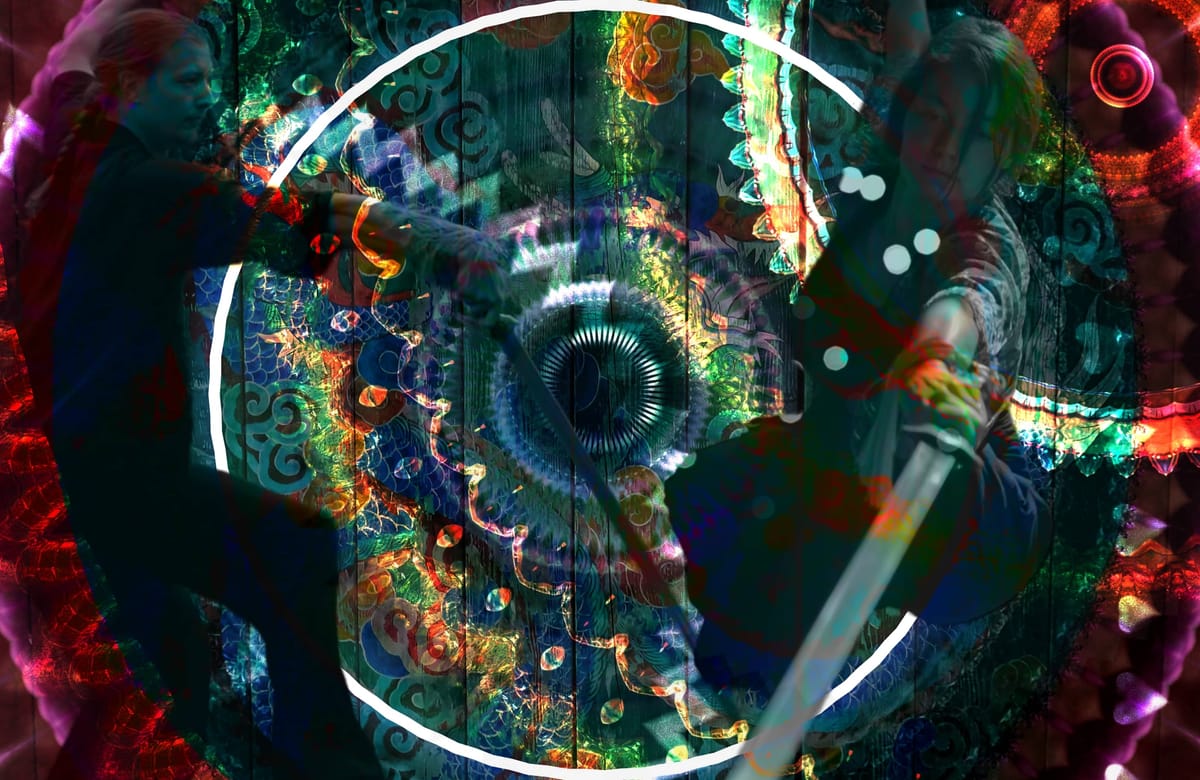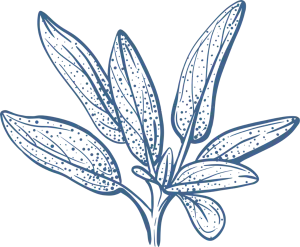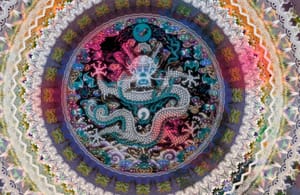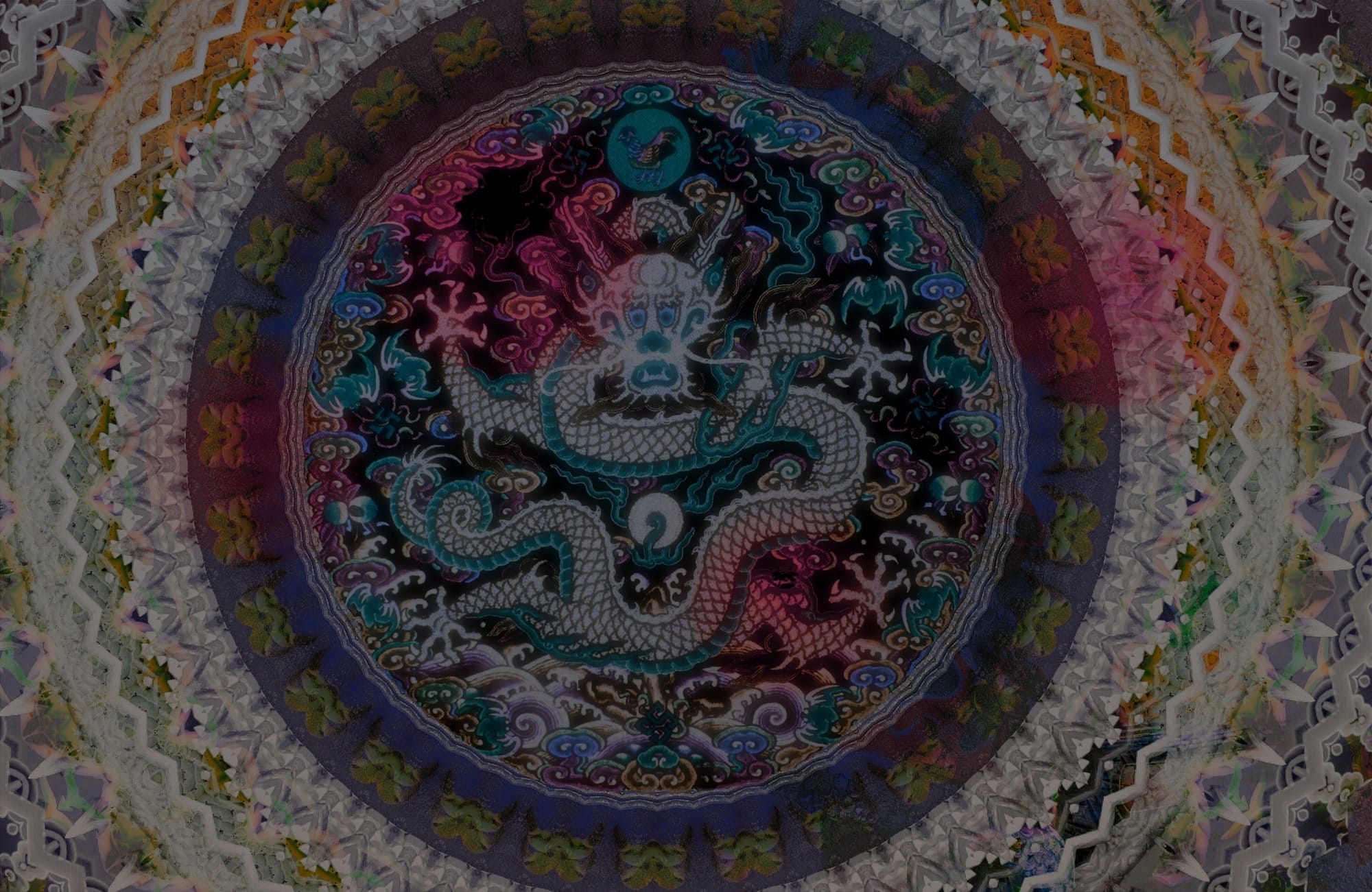The Dragon Style Gongfu is difficult to pinpoint historically because the dragon is a mythical creature that has been idealised for thousands of years. Since drawing inspiration from animal movements was common, developing a martial art based on the ideology of the dragon is not far-fetched.
The Symbol of the Chinese Dragon
In ancient China, the dragon was often portrayed as a mythical creature with the scales of a fish, the tail of a serpent, the belly of a clam, the head of a camel, the claws of an eagle, the paws of a tiger, the ears of a cow, and the eyes of a demon.
The Dragon represents the duality of yin and yang, the universe's fundamental forces. As a creature that can soar to the heavens and dive into the deepest waters, the Dragon bridges the gap between the celestial and terrestrial realms, balancing the forces of creation and destruction, light and dark, male and female. Just imagine the harmony that dragons can bring to the cosmos with this power!
The Dragon's breath is the spring rain that nurtures the land, and its roar is the thunder that awakens the earth. It is the guardian of treasures and the harbinger of good fortune, revered by all who seek its favour.
The Dragon symbolises power, wisdom, and auspiciousness. Chinese dragons are benevolent and noble creatures known for their majestic strength and divine abilities. The myth of the Chinese Dragon began at the dawn of time when the world was a chaotic expanse of primordial elements. Out of this chaos emerged the Dragon, an amalgamation of various creatures: the antlers of a deer, the head of a camel, the eyes of a demon, the neck of a snake, the belly of a clam, the scales of a carp, the claws of an eagle, and the paws of a tiger. (although the description might vary from source to source)
Dragon Gong Fu, draws inspiration from these mythological roots. It teaches the grace, strength, and fluidity of the Dragon. Practising Dragon Gong Fu one aspires to move with the same elegance and power, channelling the Dragon's spirit to achieve physical prowess and inner harmony. The art form emphasises dynamic, flowing movements that mimic the Dragon's serpentine grace and explosive strength, cultivating a balance of body and mind.
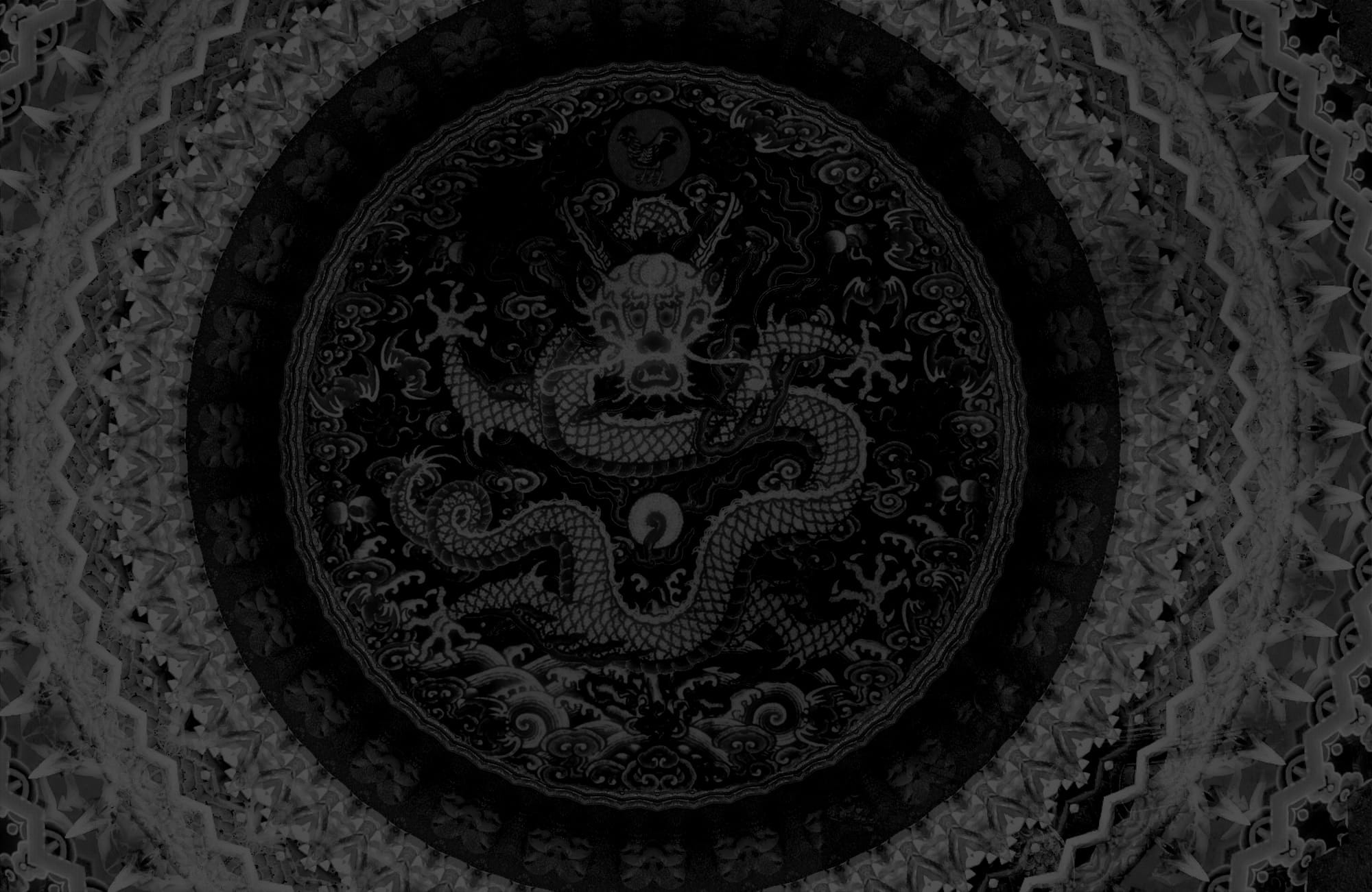
The Dragon's influence serves as a metaphor for personal growth and transformation. Just as the dragon masters the elements, should seek to master ourselves, cultivating our inner energy to overcome obstacles and achieve our fullest potential. The discipline, focus, and resilience required in Dragon Gong Fu reflect the Dragon's indomitable spirit, inspiring us to strive for excellence in all aspects of life.
So remember: The Chinese Dragon is a profound symbol of the harmony between humanity and nature, the balance of cosmic forces, and the pursuit of personal enlightenment. Through the art of the Dragon, a timeless myth continues to inspire and empower us. Its ability to soar between heaven and earth and manipulate its size at will mirrors the Chinese philosophy of life as an ever-evolving process of continuous transformation.
Perspectives on Self-Cultivation
Part of Daoist self-cultivation, or more inclusively Neigong, focuses on the continuous process of transformation within the body, also commonly referred to as Inner Alchemy.
For men, in particular, the idea of transforming into a dragon can be understood as surpassing earthly limitations and having the freedom to move between heaven and earth. While all humans are confined by the constraints of the earth when connected to heaven, they can attain immortality, akin to a dragon. These are general perspectives on Daoist beliefs about immortality, which have evolved over time, but the fundamental concept of exceeding earthly capabilities remains an integral part of what we understand as the idealogy of the dragon today.
Dragon Gong Fu
We have two Daoist dragon routines in our collection. One routine is performed empty-handed, while the other incorporates the use of a sword. Both routines exhibit similar characteristics:
- Southern-style low and deep stances.
- Clear separation between upper and lower body.
- Aspects of Fali (explosive power).
- Water transformation (Five Elements - Wuxing) as in Baguazhang.
- Up and down movement pattern - like a flying dragon.
- The energy pattern is based on the outer extremes (Yinyang) - as in Taiyi.
The lower body is firmly rooted to the earth, providing strength, while the upper body seems to float in the clouds, inheriting lightness and softness.
While complex forms such as Baguazhang or Taiyiwuxingquan involve multiple facets, the dragon style prioritises simplicity and a clear connection with overcoming nature.
The dragon has dominion over all realms on Earth; it can soar above the clouds, swim, and plunge into the ocean's deepest depths.
Overcoming Nature
In Daoist philosophy, it is believed that nature aligns with the earth, and humans follow the way of nature. In the practice of dragon style, the dragon follows the laws of heaven, which influence earthly matters. This style underlines the belief that dragons can achieve extraordinary feats that surpass human capabilities.
The laws of heaven are absolute, while the ways of the earth are tolerant. So, an eternal bond exists between the hard and the soft, the unyielding and the accommodating, as they coexist in the cosmos.
All dragon routines share a common trait: they disregard the concept of weak stamina or physical fatigue. Dragons consistently demonstrate superior strength without any signs of exhaustion.
The foundation of dragon style begins with a strong mindset. Every movement must be executed with absolute intention and without doubt about its effectiveness. It's important to build trust in each movement in order to fully embody the style.
How to achieve dragon-like superhuman abilities:
The dragon style emphasises extending the body outward and achieving balance within the movement and surroundings. This approach closely resembles Taiyi principles and is the complete opposite of Taiji, which focuses on centralising power in the body.
When the dragon takes flight into the sky, it gathers its energy and prepares for an attack. As the dragon descends, it harnesses the force of gravity, using the earth and natural elements with remarkable power. This technique teaches us to gain momentum and maintain balance when stances are high. The transition from high to low stances uses gravitational force and free fall, contributing to the mastery of the difference in environmental force.
The dragon hand form is a long-fist style that emphasises maintaining the balance of extended stances through rotational movements. It could be considered a precursor to spiral dynamics because the extended and rotating motions of the arms and legs enable a level of balance and power generation that would otherwise be difficult to achieve.
The Hands of the Dragon
In the tiger style, the fingers are round, ready to rip the opponent's clothes as an attack. Conversely, in the dragon style, the proximal interphalangeal joint is positioned behind the hand, with only the fingertips pointing forward. This hand position can be utilised with five or three fingers.
The dragon finger position involves thrusting the hand forward so that the knuckle joints have a longer distance to accelerate before making contact with the target. To fully unleash the power of the claw attack, it's important to keep the wrist and knuckles relaxed during the strike.
Five-finger position: When striking, aim to hit the hand's inner palm first. The sudden halt of body mass will propel the fingertips forward, adding a sharp, stinging effect to the surface area. Taking it easy first and gradually building finger strength is crucial for avoiding injuries.
Applying the Fali (explosive power) impulse to the five-fingered claw attack creates a swinging back-forth hand motion. The initial attack requires minimal muscle strength but delivers intense pain. The subsequent forward swing, caused by the explosive power, can also be utilised to grab or rip. Executing this move smoothly may require considerable skill, but the momentum can be harnessed to tear clothes or grab the opponent right after delivering a forceful strike without interruptions.
Three-finger position: The three-clawed variation of the dragon style effectively targets vital points like the thyroid or sensitive areas such as under the armpits or above the chest muscle. Its attack has a small area footprint, making pinpointing vital points easier. The finger motion involves more forward reach, typically without explosive power, and often involves pinching upon contact, which can be particularly painful on vulnerable spots.
The Dragon Sword
The dragon sword form primarily relies on long-range lunges to penetrate opponents from a distance. The piercing is often executed with a deep and elongated stance, which differs little from the techniques used by modern foil fencers. The dragon sword is known for its distinctive jumping attacks and ability to strike from multiple angles, piercing through defences.
The dragon sword depends more on the physical ability to execute powerful attacks rather than relying on complex sword techniques. This reflects the dragon's direct approach and exceptional power.
The attacking manoeuvres mimic the movements of a flying dragon (up-down pattern) as the opponent is targeted from various angles; the dragon sword displays natural grace and beauty in its dominating stances.
In sword fighting, there is a recovery time and an attack time. The recovery time is when the wielder prepares for another attack, while the attack time is the moment when the opponent is threatened. To gain an advantage, the dragon aims to prolong the attack to pressure the opponent while minimizing the recovery times. Consequently, the blade's turns and twists involve extremely fast movements despite the extended attacks. This fencing philosophy establishes a seamless flow between yin and yang, smoothly transitioning from one powerful position to another. The dragon gracefully glides over its target before swallowing it.
